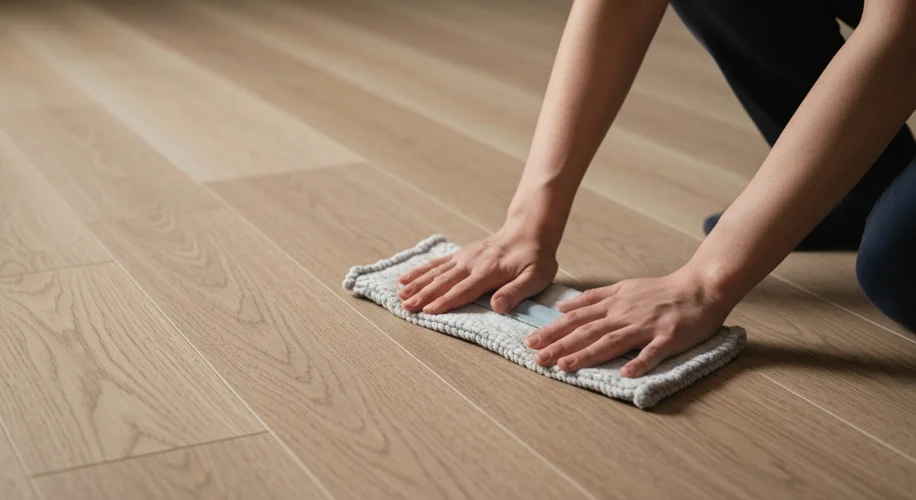I love the warmth and character that old wooden floors bring to a home. But over time, these beautiful surfaces can lose their luster, showing wear and tear. If you’re looking to refresh yours, especially with an eye toward safety, here are some practical tips.
Understanding the Wear
Wood floors typically wear down in a few ways: scratches, dullness in the finish, and sometimes deeper gouges. The protective top layer, often called the ‘wear layer,’ gets compromised, making the wood more susceptible to damage and a loss of its natural sheen. This wear can happen from everyday foot traffic, pets, or even furniture being moved.
The ‘No-Slip’ Factor
For many, especially those with elderly family members or young children, maintaining a non-slippery surface is crucial. A worn-out finish can become surprisingly slick, particularly when a floor is cleaned. The goal is to improve the look and add protection without creating a hazard.
Improving Appearance and Protection
There are a few approaches to revitalizing your floors, ranging from simple maintenance to more involved refinishing.
- Deep Cleaning: Sometimes, all a floor needs is a really good cleaning. Use a wood-floor-specific cleaner that won’t leave a slippery residue. Avoid excess water, as it can damage the wood. A well-wrung-out mop is your best friend here.
-
Screen and Recoat: This is a great middle-ground option. It’s less intensive than a full refinish. The process involves lightly abrading (or ‘screening’) the existing finish to create a surface the new coating can adhere to. Then, a new protective topcoat is applied. This revitalizes the look, adds protection, and importantly, you can choose a finish with a lower sheen level, which inherently offers better grip than a high-gloss finish.
-
Buffing or Polishing: For floors that are mostly intact but just a bit dull, a good buffing with a machine and a wood floor polish can bring back some shine and add a fresh protective layer. Again, look for polishes specifically designed for wood floors that dry to a satin or matte finish.
-
Full Refinishing: This is the most intensive option, where the old finish and a thin layer of wood are sanded away, and a new finish is applied. This can completely transform the floor, but it does require specialized equipment and can be a larger project. When opting for refinishing, you can select the sheen level of the new polyurethane (e.g., satin, semi-gloss, high-gloss). For safety, a satin or matte finish is generally recommended as it offers more traction.
Choosing the Right Finish
When applying new coatings (whether screening or full refinishing), the sheen of the finish plays a role in slip resistance. High-gloss finishes tend to be more slippery than satin or matte finishes. Always opt for a finish that provides a bit more ‘grip.’
What to Avoid
- Excess Water: Never flood your wood floors when cleaning. Water is the enemy of wood and can cause warping and damage.
- All-Purpose Cleaners: Many household cleaners are too harsh or leave behind residues that can make floors slippery or damage the finish.
- Wax on Polyurethane: If your floor has a polyurethane finish (which most do), avoid using paste wax, as it can build up and create a very slippery surface, and also interfere with future recoating.
By understanding the process and choosing the right products and finishes, you can definitely improve the look and safety of your beloved wooden floors, ensuring they remain a beautiful and secure part of your home.

